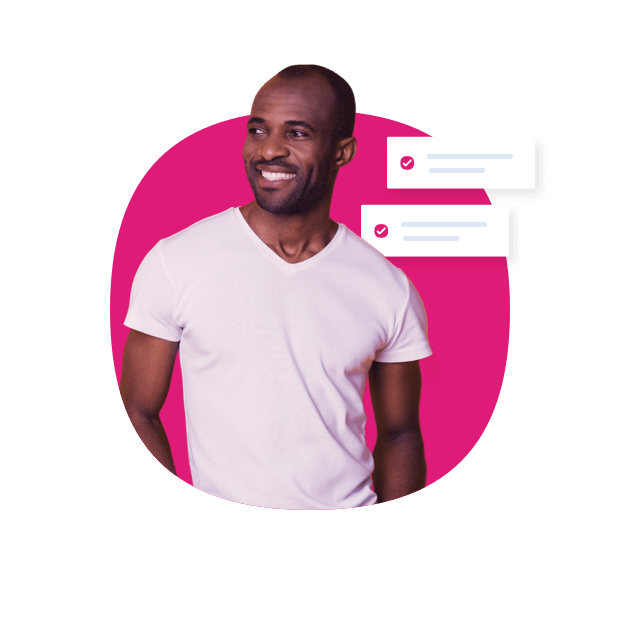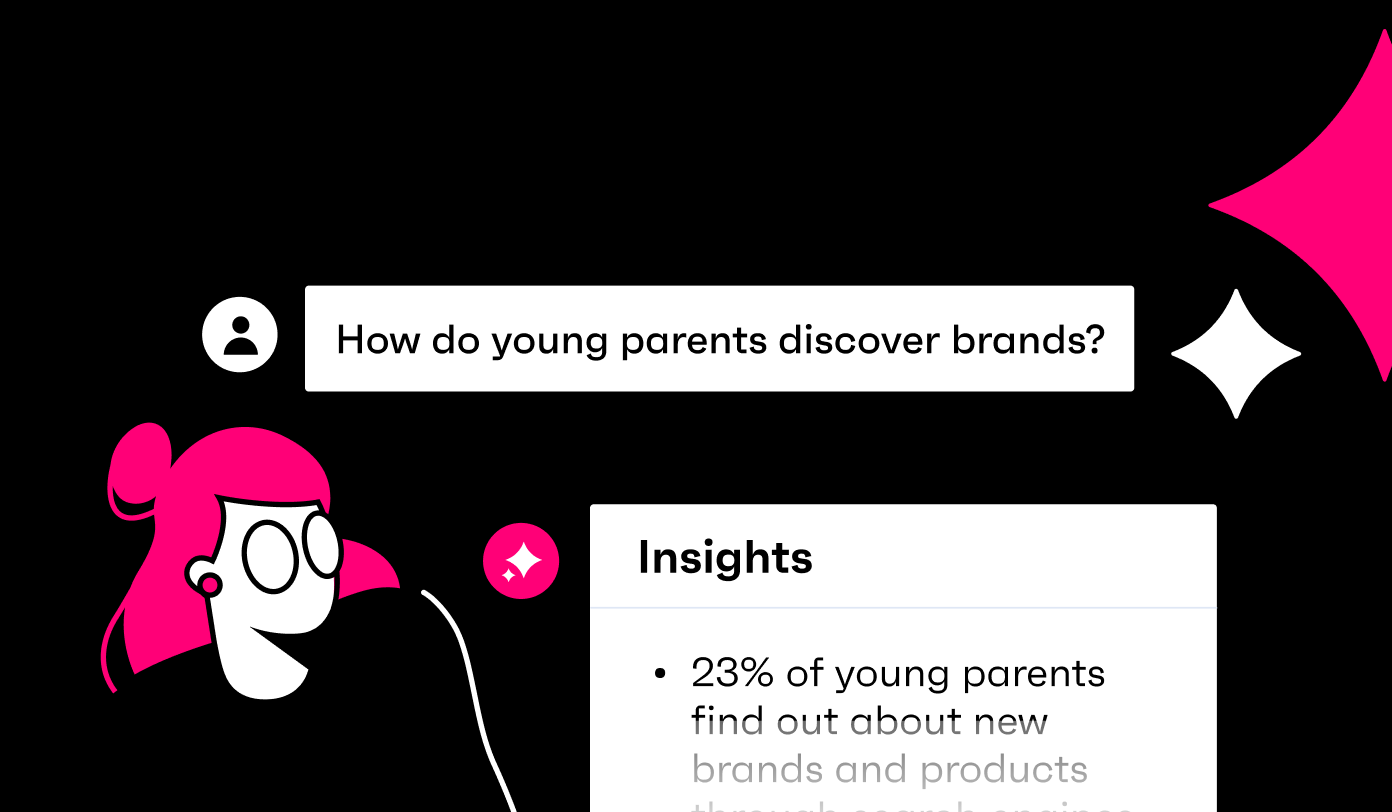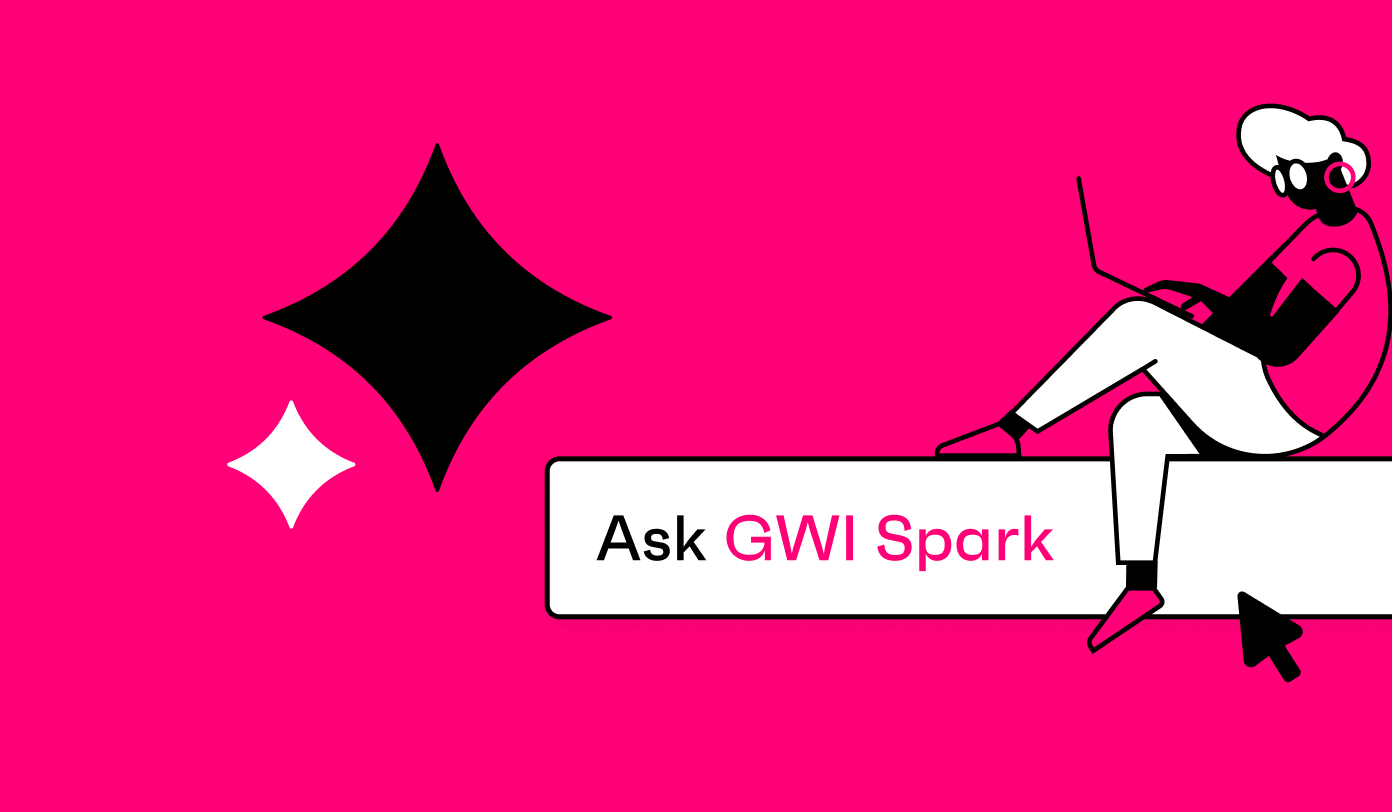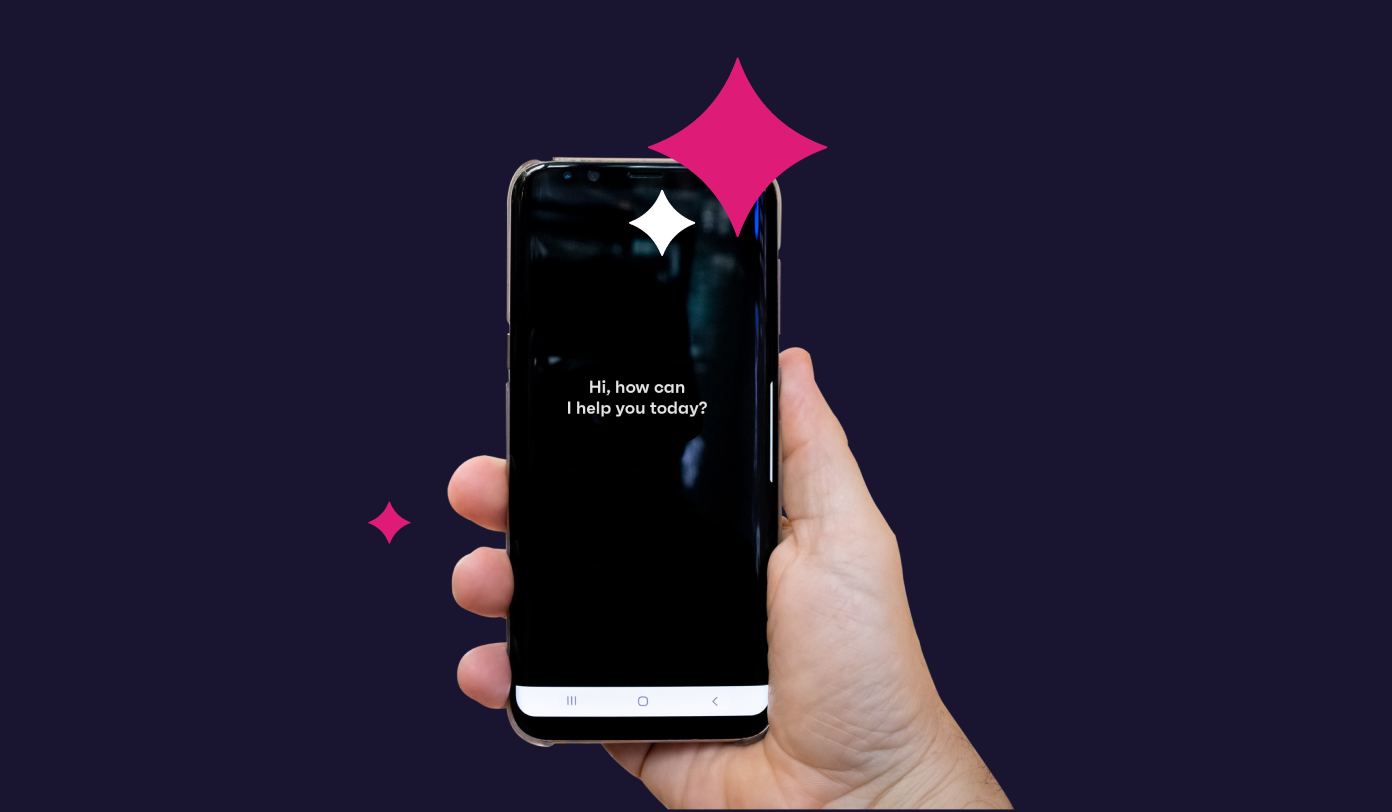From partnership pitches to media planning and marketing, GWI is a research platform for everyone. A space to gather game-changing insights about your consumers as they happen, and share them with teams, clients or partners.
Here are 4 clever ways to make your job easier with GWI that you might not know about…
1) Drive better collaboration.
Hybrid working looks set to stay. While many organizations are reaping the benefits of greater flexibility in the new normal, challenges remain around strategic alignment and driving effective collaboration.
The latest GWI survey data reveals that:
Across 17 countries, over 25% of workers say team alignment is their biggest organizational challenge.
A further 28% are having trouble understanding their consumers.
Where teams are fully remote or spread out across the globe, it’s much trickier to keep everyone in the loop, align on strategy and maintain strong communication. Meanwhile, audience behavior continues to shift.
GWI dashboards make project collaboration easier by giving stakeholders a dedicated workspace to share key information. Build a custom dashboard in a few quick clicks, collating audience research, charts and insights on a single page ready to share with colleagues. Or skip set-up time with our speedy hack on creating dashboards from GWI templates.

You can also customize your dashboard to suit your needs:
- Choose how you want to display chart data, the metrics you want to focus on, and how you want to sort the data
- Annotate charts to include any notes or suggestions
- Add custom text blocks to highlight insights worth shouting about
With visual charts and project information all in one place, collaborative dashboards help to tie your teams together – even as audience trends change. This ensures strategic alignment and consistent messaging across your organization, with clear focus on what’s important and everyone working together towards a single, collective goal.
2) Quickly compare multiple audiences at once.
Audience attitudes and behaviors are changing so rapidly that it’s crucial to keep your finger on the pulse of new and emerging trends. By analyzing different consumer groups, you can understand and serve their needs, establish the key differences between audiences, and pinpoint unique insights to help you make better data-led decisions.
The only problem is, getting a like-for-like view of your audiences quickly isn’t easy. Unless you have globally harmonized data on tap.
GWI asks the same questions, in the same way, to audiences across 48 countries worldwide, giving you an instant, consistent, reliable view of your consumers for easy local or global comparison. Simply open up the platform and dive in.
Within dashboards, instantly compare up to 4 audiences in a single view to really understand what matters to your consumers.
This is especially useful for campaign planning. Use direct audience comparison to quickly identify the best ways to target different consumer groups across marketing channels. For instance, you could:
- Compare regional or international audience trends
- Analyze consumer attitudes and behaviors in different markets
- Scope out audience passion points
- Spot the differences between generational age groups (like baby boomers, or Gen Z)
- Segment your audience to understand them better
Where ‘Audience %’ shows your selected audiences’ most popular survey responses, applying ‘Index’ metrics will help you spot standout insights that are higher or lower than the average:
Index figures over 120 are worth paying attention to, as these suggest your audience is 20% more likely to think, feel or do something than the average consumer.
In other words, these figures tap into what matters most to your audiences right now, helping you push campaign performance to the next level. It’s all about delivering the right message, to the right audience, at the right time.
Want to compare more than 4 audiences? Jump over to crosstabs for a single, consistent view of as many audiences as you like.
3) Track media consumption trends over time.
The pandemic shook up the global media landscape, making it even trickier for marketers to keep on top of the latest audience habits.
And yet, staying ahead of the trends game remains crucial to beating competitors and reacting swiftly to what’s resonating with your target market. If you understand how media consumption is changing over time, you can better predict how it will affect your consumers in the future.
GWI crosstabs come in especially handy here.
Crosstabs let you cross-analyze, segment, or overlay survey data over time to help you understand audiences better.
They work like this:
- Add audiences, waves or channels to columns (who or what do you want to understand?)
- Use rows to run specific questions against your audience (what do you want to know?)
For instance, you could apply research waves (as columns) for the time period you want to cover, then run this data against specific media usage or performance attributes (as rows) to quickly understand how global media consumption have changed over time.

For a deeper dive, you could investigate:
- Whether Netflix is gaining or losing users in the streaming services battle
- Which generations are flocking to TikTok, and what their interests are
- How long consumers are spending on their smartphones
- Which social media platforms are most used across countries
- Whether podcasts or music streaming is more popular with consumers
Once you understand how media consumption trends are changing over time, you can clearly see where your best growth opportunities lie.
4) Source partnership opportunities.
Brand partnerships are an appetizing idea for companies looking to grow. Get it right, and your ROI will skyrocket.
But miss the mark, and you risk damaging your brand and alienating your customers. It’s especially tough to find the right fit, as you need to consider not only what’s best for your organization, but what will appeal to new markets or audiences without alienating your existing customers.
To minimize risk and find the perfect partnership, you need audience insight you can rely on.
GWI crosstabs are brilliant for scouting out new partnership opportunities, especially if you’re looking to target specific cross-market audiences. How many gamers also listen to podcasts? Do Star Wars fans have any interest in beauty? With GWI, the possibilities are endless.
By looking for over-indexes in crosstab data, you’ll quickly spot any significant alignment between your current market and potential new audiences.
To reiterate, indexes of around 120 or over indicate strong correlation.
As an example, let’s imagine you work for a major sports brand on the hunt for a fashion brand collaboration to help you sell a limited edition baseball cap, engage new customers and drive mutual growth. How do you know who best fits the bill?
Set up a crosstab and run interest in luxury fashion against your audience (for this example, let’s focus on UK sports fans) to confirm whether there’s enough correlation for a worthwhile partnership.

We can interpret the data here in two ways:
- Using % row data – 84% of UK internet users who are interested in luxury fashion are also sports fans
- Using % column data – of UK sports fans (who are also internet users), 24% are interested in luxury fashion
There’s certainly a partnership opportunity here. Now let’s dive deeper, adding in purchase behavior data from 2021 to pick out specific luxury fashion brands that will entice our audience.
Looking at this data, we see that 11% of UK sports fans bought from Calvin Klein in the last year, while 8% bought from Ralph Lauren:

As you can see, crosstabs make it easy to run hundreds of brands against audiences in a few quick clicks to see which they engage with most. You can then make informed decisions about who to approach for a brand partnership, with solid proof of mutually beneficial value.
What better way to start unlocking more ROI from your audience data?
Demo
Fancy a look round?
Book now





.webp?width=495&height=317&name=pink_thumb_graphs%20(1).webp)
.webp?width=495&height=317&name=pink_thumb_letter%20(2).webp)
